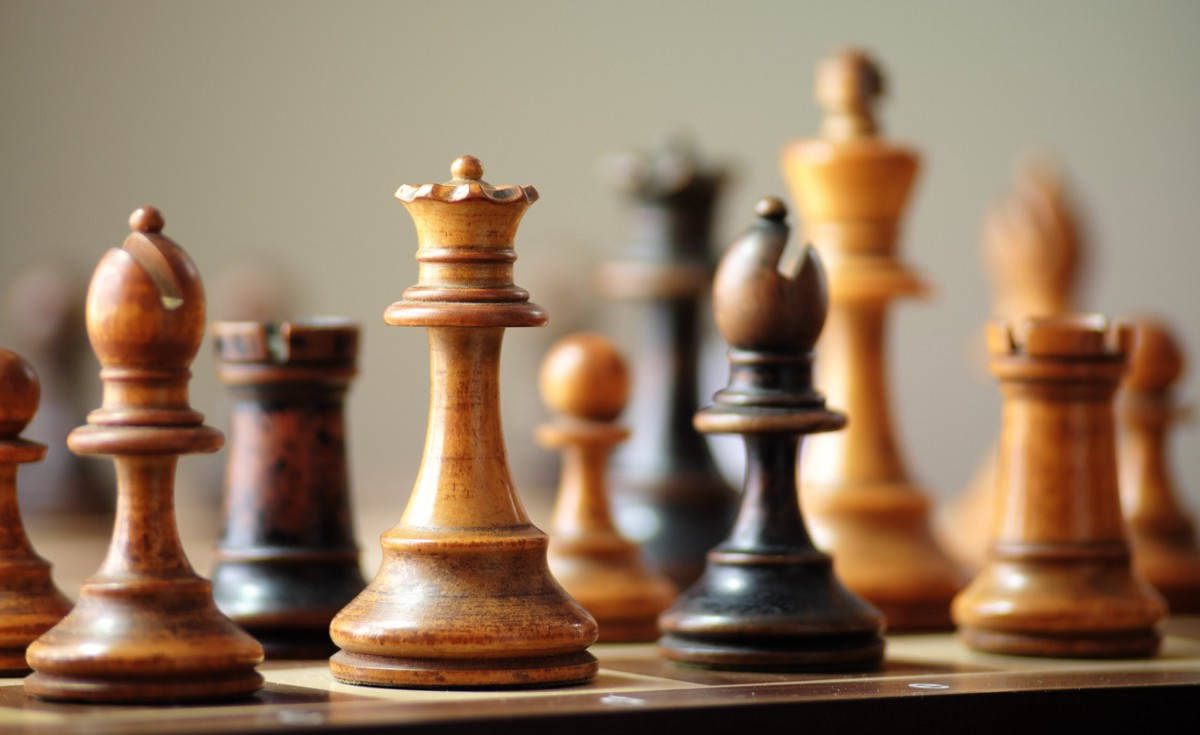Throughout this past week I worked on various portions of our project. The first few days I focused mostly on finalizing the software logic with Mukundh. We worked on centralizing the entire software communication to our NodeJS system. The JS file is now the center of communication of all of our modules and lichess.org. Initially, when a game is started, a POST request is sent to lichess.org with some basic user information, once the game is started it is reflected on our custom website and communication with the arduino is started in order to await a move on the physical board. After a move is detected it is then sent to be validated through our python validation script, based on the result of the script we send the request to lichess and vocalize some information to the user in order to inform them if the move was valid or incorrect. If the move is correct it is reflected on the lichess.org platform and on our website.
Our PCBs were also delivered this week so I began attempting to solder some of the surface mount pieces on our board. However, I ran into a few road blocks considering the pins and patches for our muxes were incredibly tiny and required an advance level soldering skills in order to solder on the PCB whilst using a soldering iron. We decided to pivot and start looking into using the soldering ovens available in techspark. Furthermore, for the interim demo we decided to provide a proof of concept using a simpler circuit on a breadboard which highlights our piece detection logic as well as the rest of our software system.
By next week we hope to have an initial iteration of a full system where a user is able to play a game of chess with the incorporation of the entire system.
